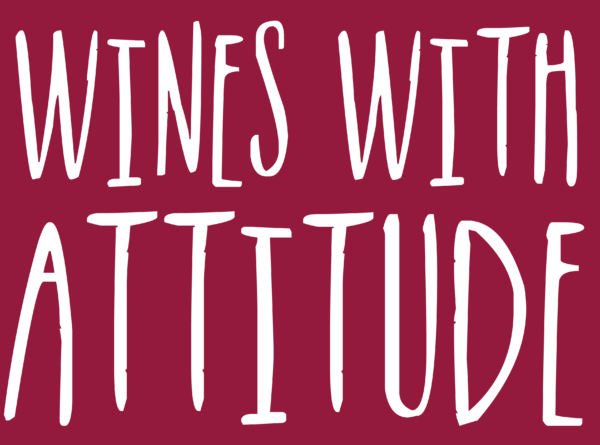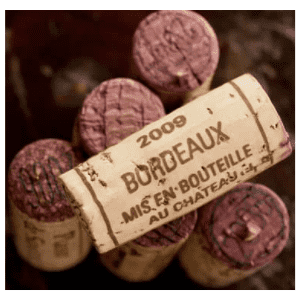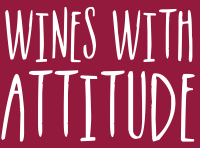No products in the basket.
7 key facts about Bordeaux wine
7 KEY FACTS ABOUT BORDEAUX WINE The Bordeaux wine region is one of the oldest wine-producing regions in Europe with a reputation for producing some of the world’s best red, white and dessert wines, though possibly the red wines or clarets are the best known. This guide to Bordeaux red wines describes what kind of red wine Bordeaux is, what Bordeaux wine tastes like and what is so special about it. Does Bordeaux deserve its reputation? All you need to know to help you understand the Bordeaux wine region and its red wines. BORDEAUX GRAPES Most Bordeaux red wines are blends – and more often than not you won’t see what the composition of the blend is on the label. 1. Bordeaux red wine is usually a blend of Cabernet Sauvignon, Merlot and Cabernet Franc Merlot is the most widely grown black grape at 66% of production with Cabernet Sauvignon at 22.5% and Cabernet Franc at 9.5%. Other grape varieties are allowed – until recently just Malbec, Carmenère and Petit Verdot – but these three combined account for only about 2% of production. Cabernet Sauvignon brings black fruit aromas and flavours such as blackcurrant and black cherries as well as notes of green pepper, liquorice and tobacco. It adds colour, tannins and body and takes well to oak, all of which extend the ageing potential of the wines. Merlot tends to add red fruit flavours like raspberry and plum but in warmer vintages it moves towards black fruits like blackberries; its tannins, body and acidity are much softer than Cabernet Sauvignons, hence why they can be a great match. Cabernet Franc is a good addition for its mouth-watering acidity and raspberry and herbaceous notes; it also adds “pencil shavings” aromas to some Bordeaux wines. Since 2021 four more black grape varieties are permitted, the aim being to add varieties more suited to the higher risk of rot and mildew which come with the changing climate, but they will only be allowed to make up 10% of any Bordeaux blend. These new varieties are Touriga Nacional which is grown extensively in the Douro region for port and ripens late and the lesser-known black grape varieties, Marlesan, Arinarnoa and Castets. BORDEAUX TERROIR I’m sure you won’t be surprised, this being a French wine region, that terroir is key to understanding Bordeaux wines. The Bordeaux region has traditionally been split into two key areas for red wines, Right Bank Bordeaux and Left Bank Bordeaux. In fact the Entre-Deux-Mers region, situated between the Dordogne and the Garonne rivers and best known for its white wines, produces more red wine than white wine, but most of it fits within the generic Bordeaux rouge and Bordeaux supérieur appellations. 2. Left Bank & Right Bank Bordeaux reds traditionally differ due to different terroir & grapes Wines from vineyards situated to the north of the Gironde and Dordogne rivers are sometimes known as Right Bank Bordeaux wines. Generally this area has limestone soils with clay and gravel in some parts. Historically more Merlot has been grown in these vineyards. Typical Right Bank Bordeaux wines include St Emilion, Pomerol, Lalande de Pomerol, Fronsac, Canon-Fronsac and Cotes de Castillon. Wines from vineyards situated to the south of the Gironde and Garonne rivers are sometimes known as Left Bank Bordeaux wines. Generally this area has clay soils with gravel in the vineyards which typically are part of larger estates than on the Right Bank. Historically more Cabernet Sauvignon has been grown on the Left Bank as the grape is more suited to the well-drained gravel soils. Typical Left Bank Bordeaux wines include Médoc and Haut Médoc, St Julien, Margaux, Pessac-Léognan and Graves. The climate in Bordeaux on a general level is known as moderate maritime; although temperatures can soar in the summer, there is a moderating influence from the Gulf Stream and proximity to the Atlantic ocean brings rain. Some vintages are more friendly to Cabernet Sauvignon and some to Merlot making some people talk of left bank and right bank vintages but that’s only part of the story because of course different parts of Bordeaux have their own micro-climate. BORDEAUX VINTAGES As the weather can differ so much from year to year and impact on the grapes in many different ways, vintage differences can be huge. 3. Vintage is important This is why there is such a kerfuffle in April each year as hundreds of wines from the previous year are tasted and compared and vintage reports are written. I have been to some of these tastings and they are actually quite hard work. The wines are still developing in barrel and the Cabernet dominant wines in particular can be quite chewy and tannic; the teeth end up being black after several samples have been tasted. It’s a real skill to be able to work out which are the wines that will taste fabulous when they are actually ready to drink; effectively you are testing the wine’s age-ability so that those who wish to invest early (‘en primeur’) can do so. I personally prefer to wait a couple of years before attempting most Bordeaux wines – and they say for optimum Cabernet-dominant high quality wines, you should wait 10 years before opening the bottle. Rarely do you see a vintage declared as poor; if it is not fabulous, it is usually ‘difficult’. Here’s a summary of a selection of Bordeaux vintages showing the impact of the weather on the quality and quantity of wine produced: 2020: warm Spring weather encouraged early budding which with an Indian summer made for a potentially long ripening season; harvesting was early and the vintage considered outstanding for red wines 2017: lower yields because of extreme frost in late April and hailstorms in some appellations in August but the smaller output is considered to be high quality, very supple and for earlier drinking than usual. 2016: stunning vintage; ideal weather conditions meant high quality, balanced wines in good quantities. Pomerol & St Emilion consider


